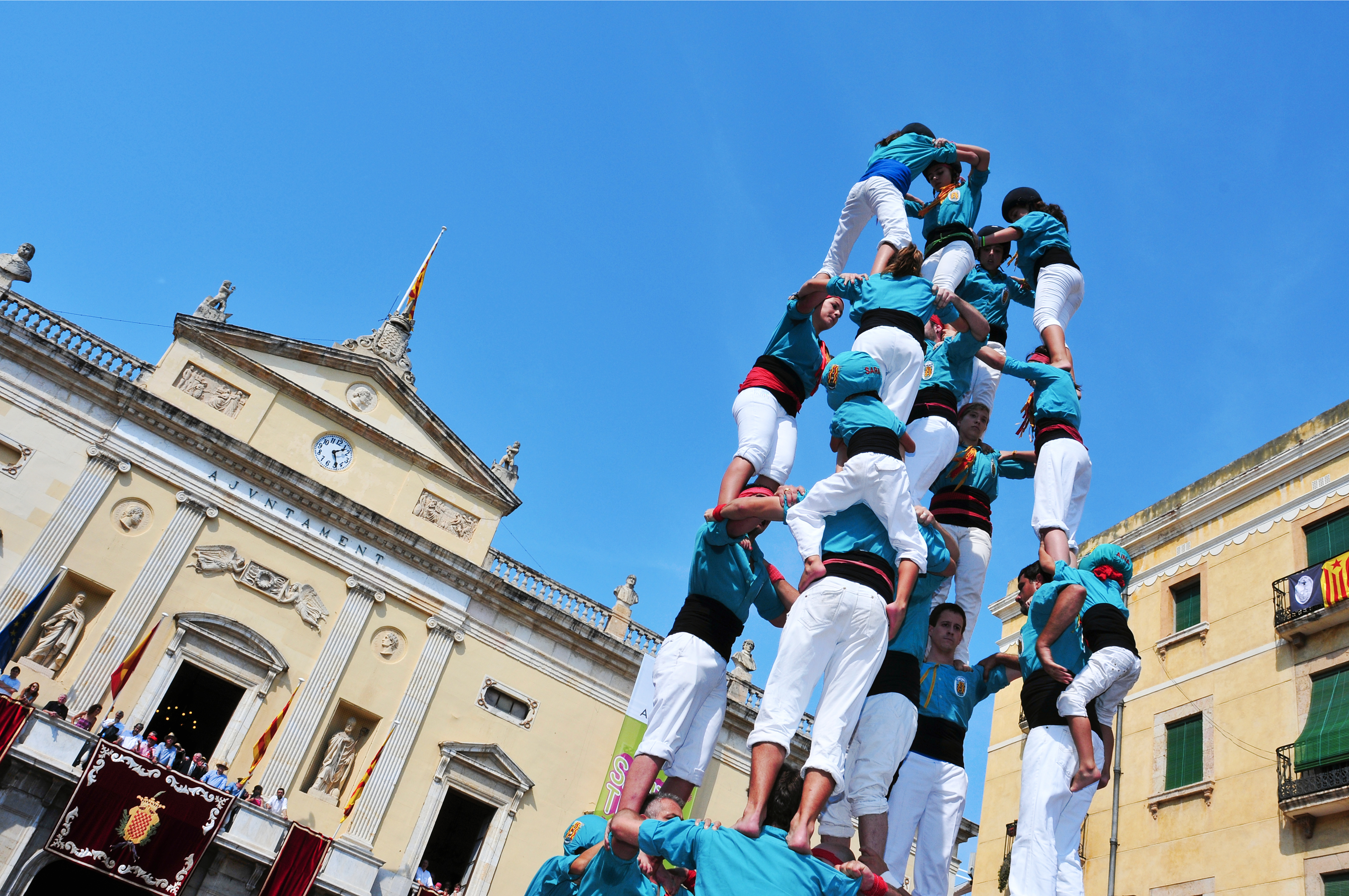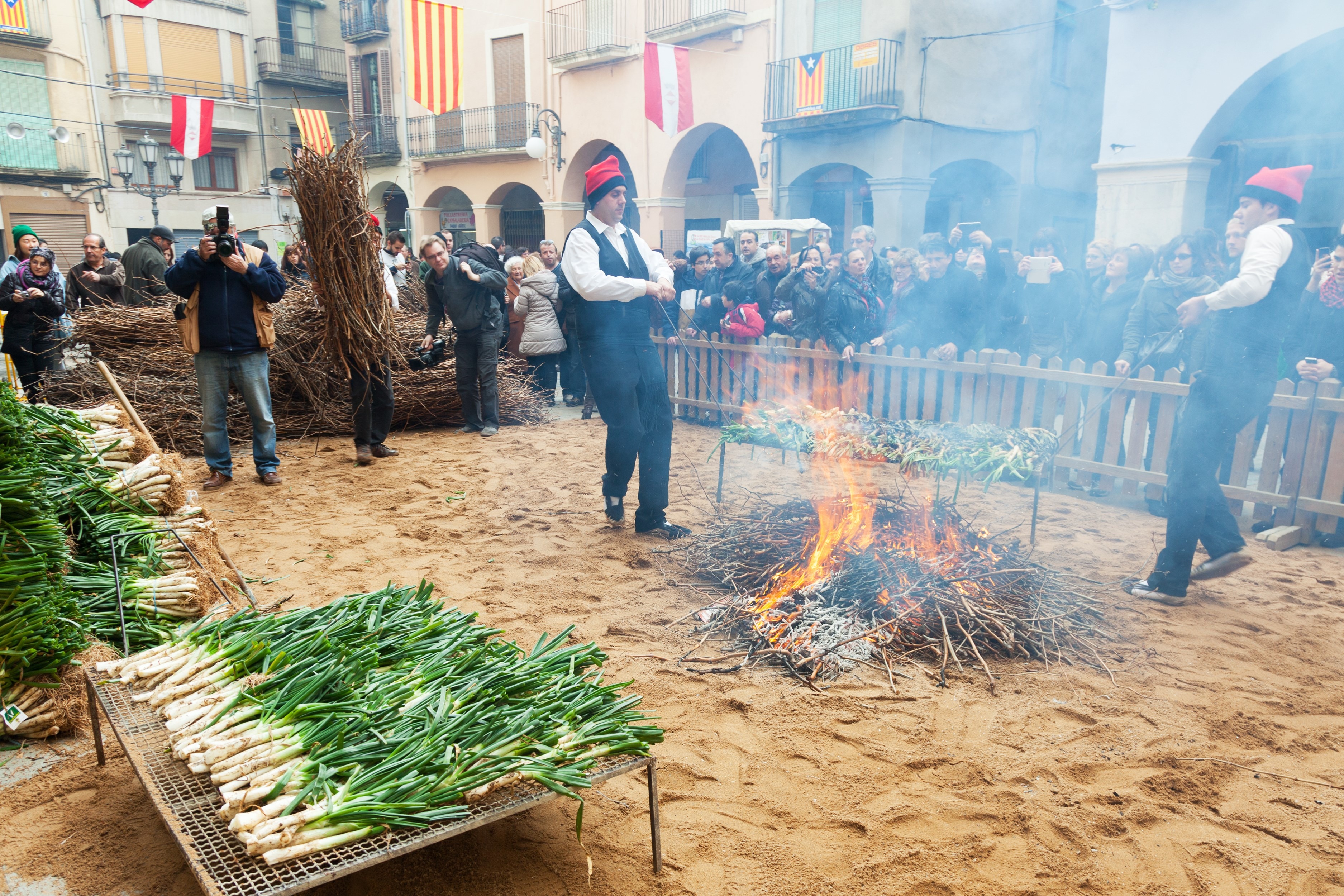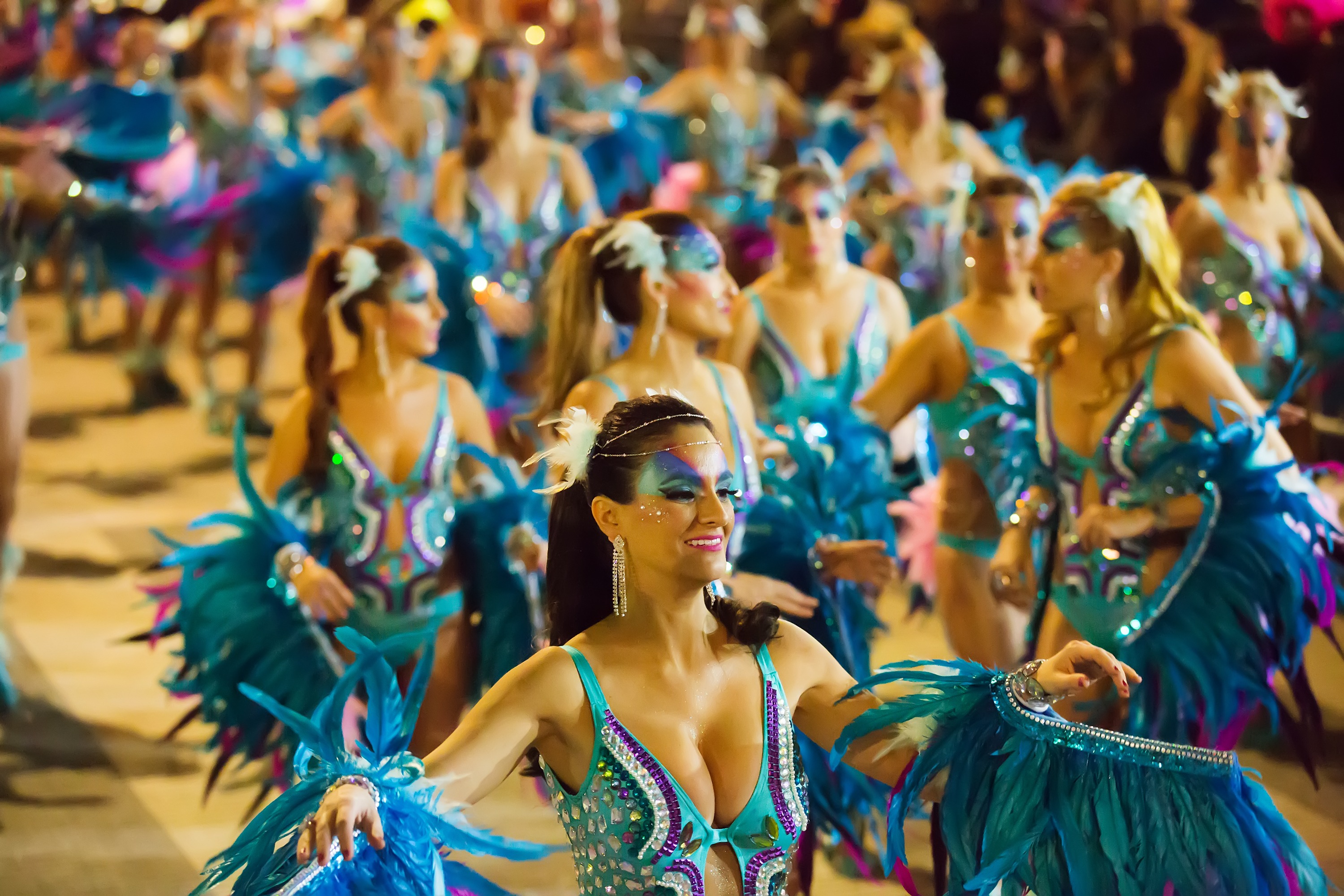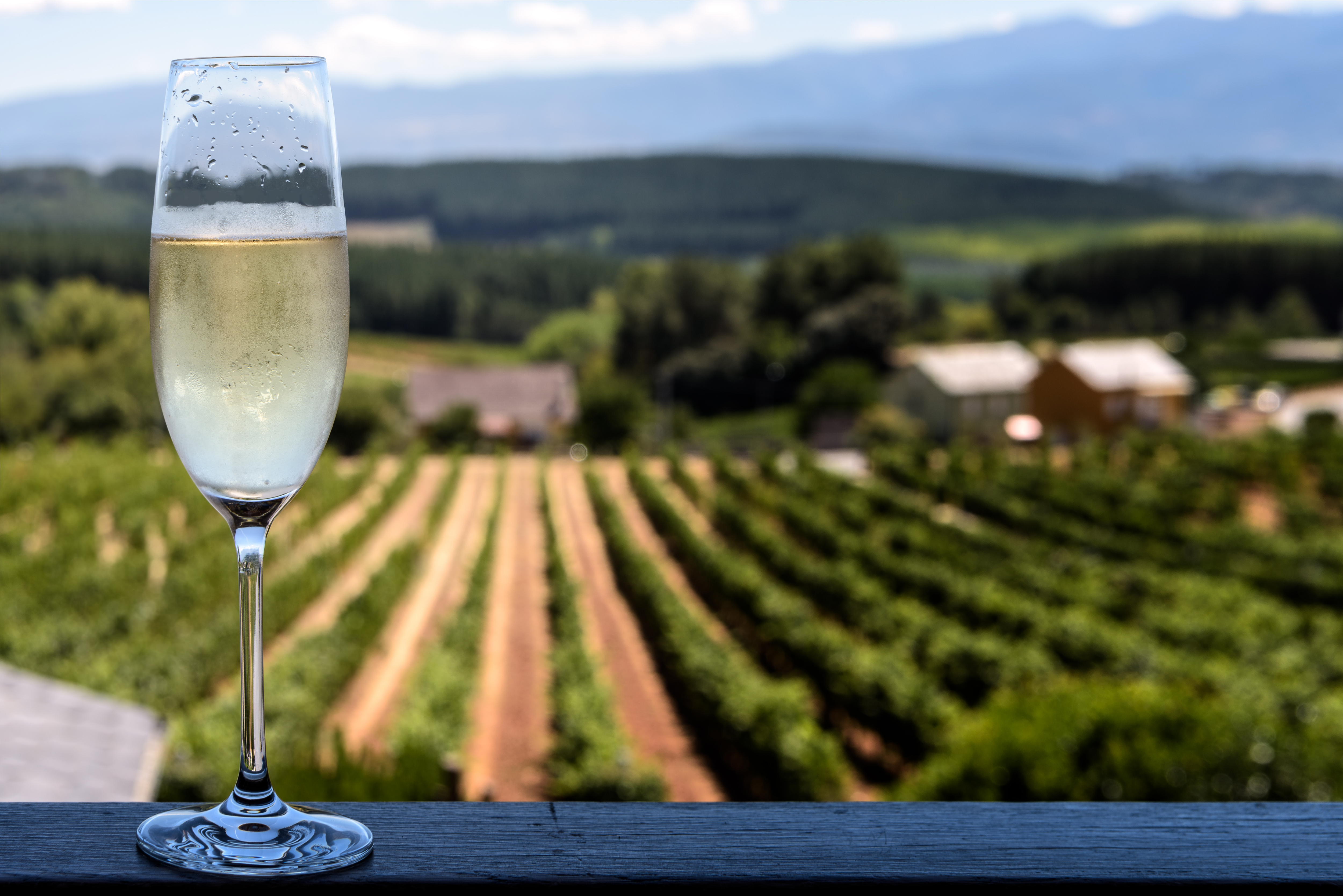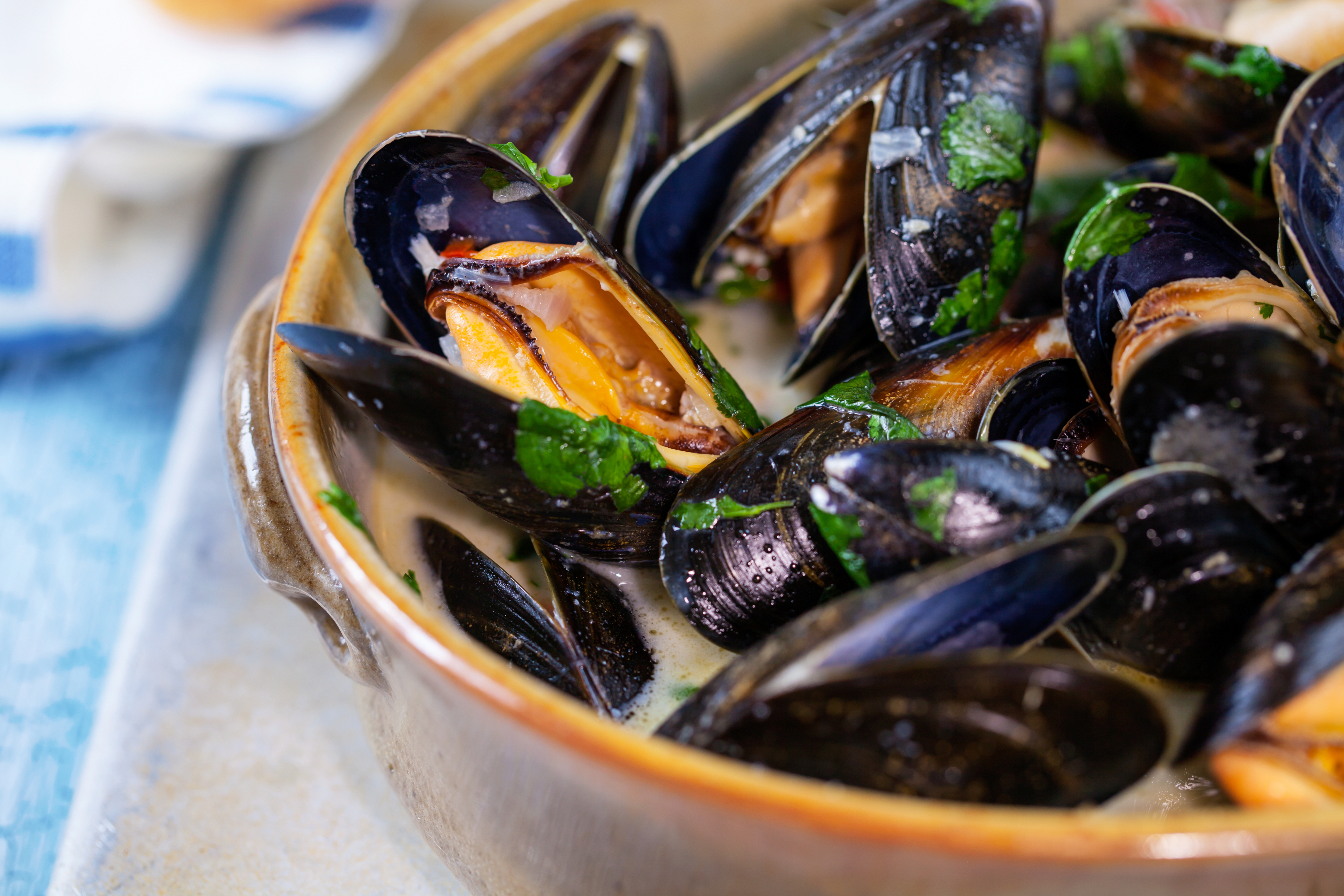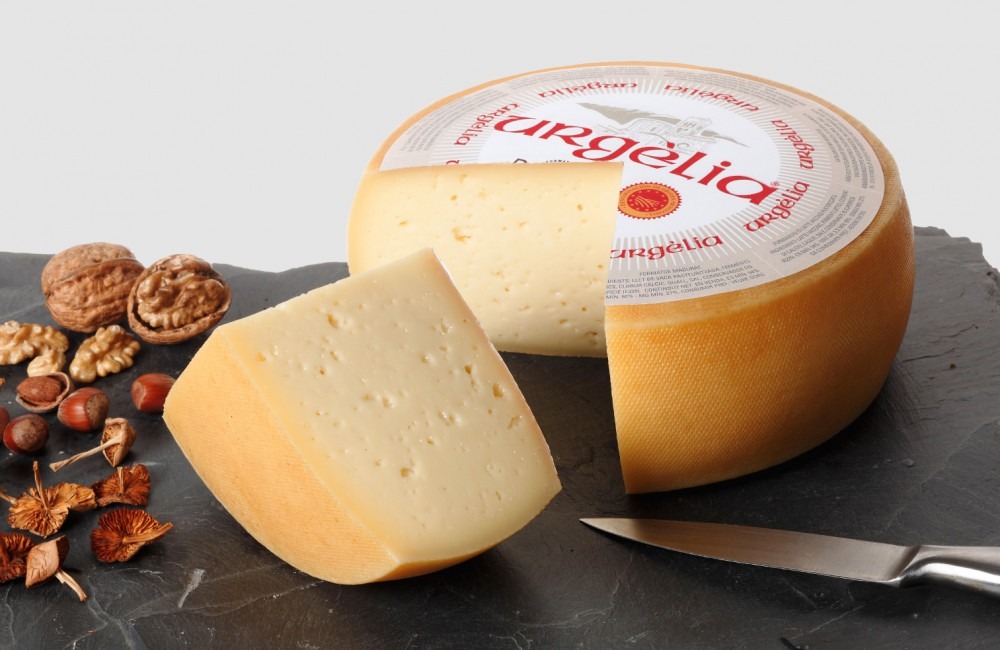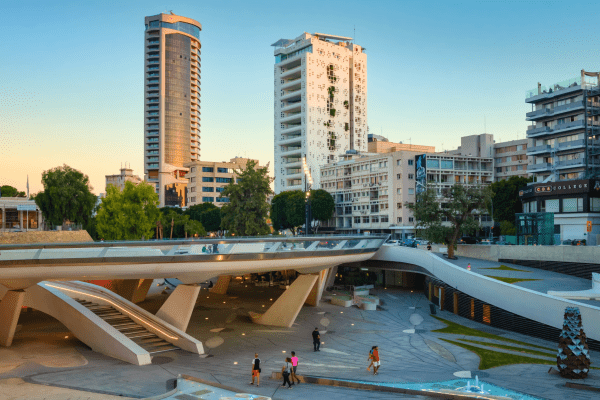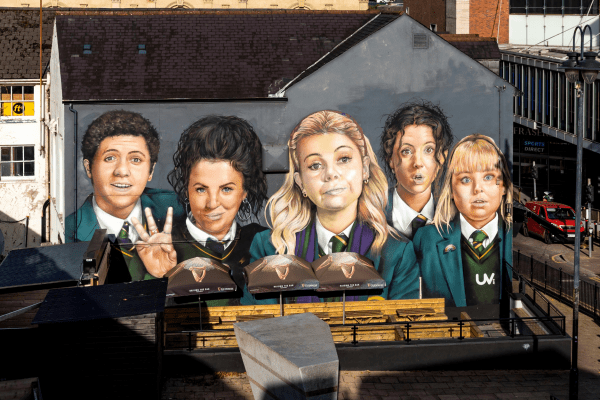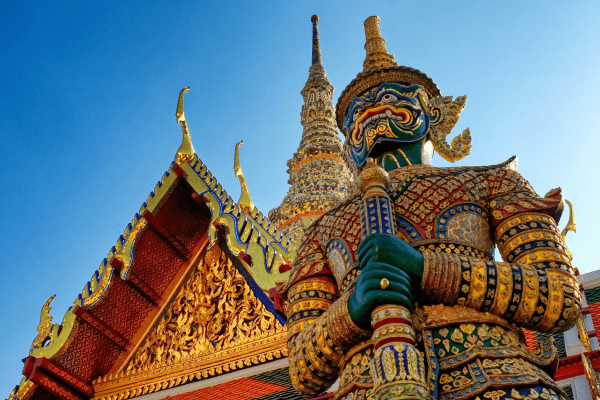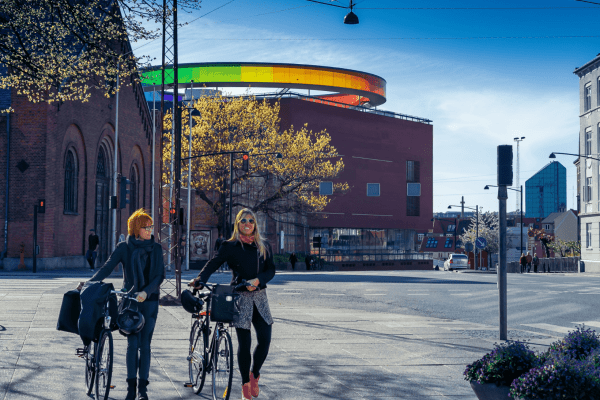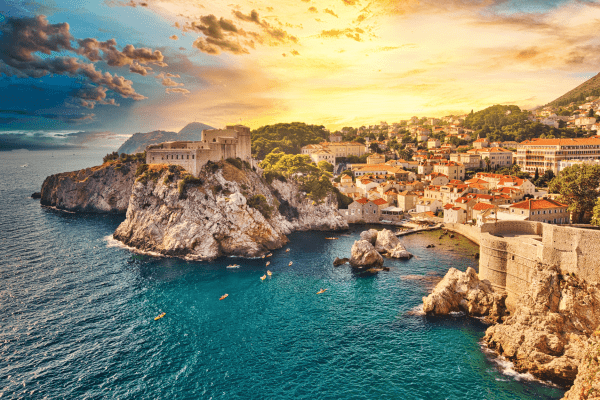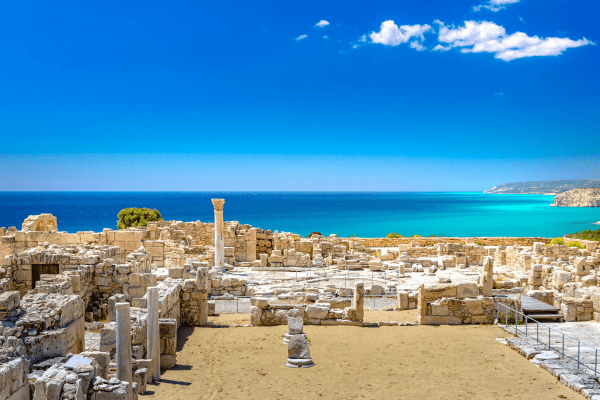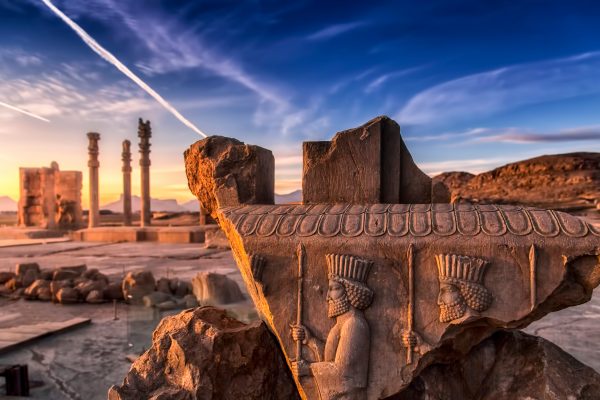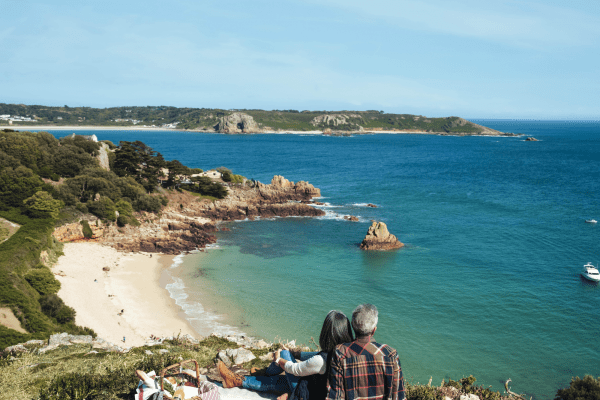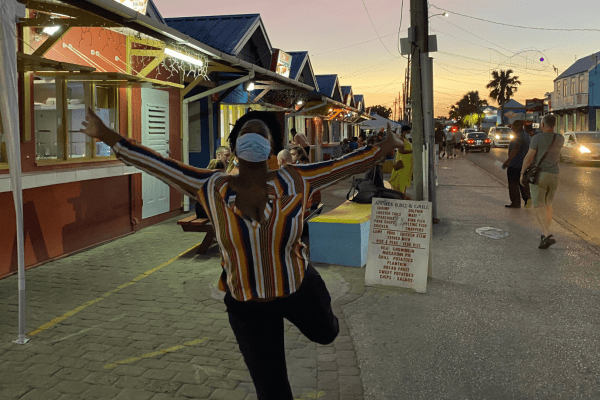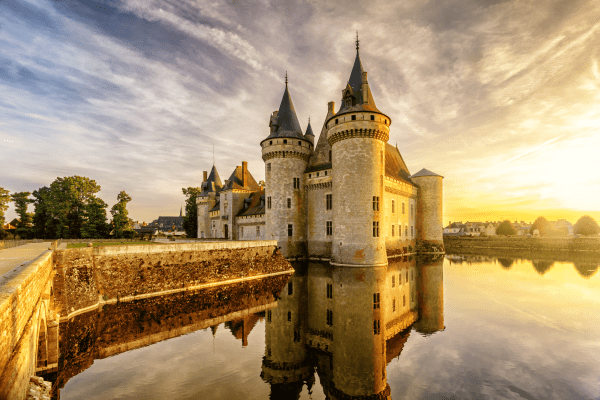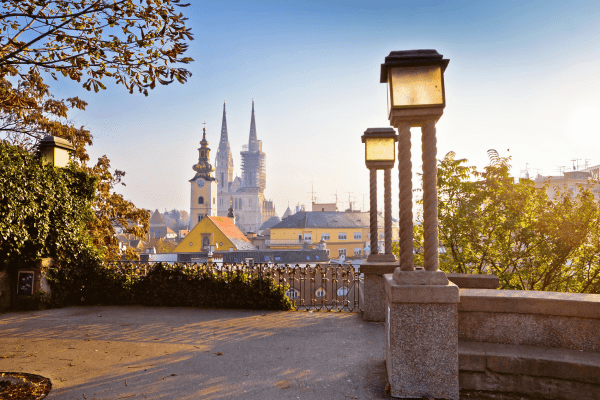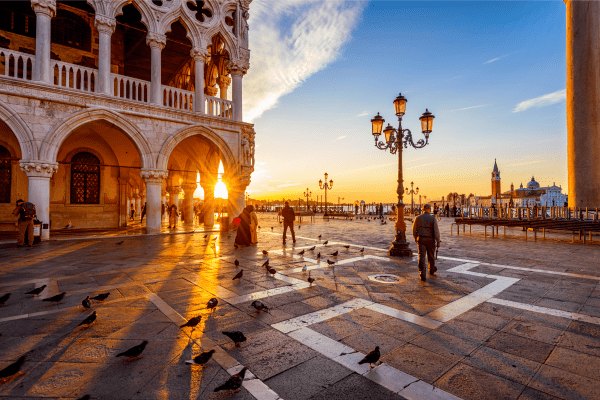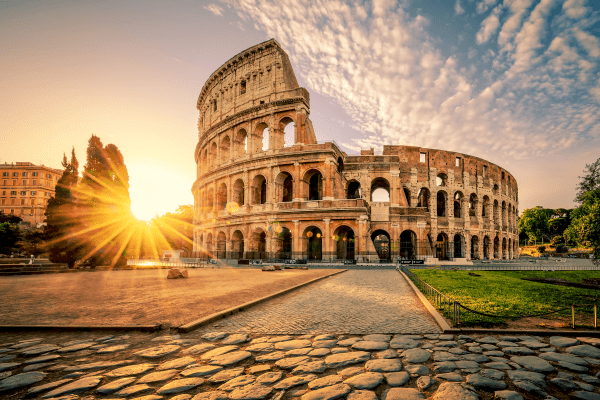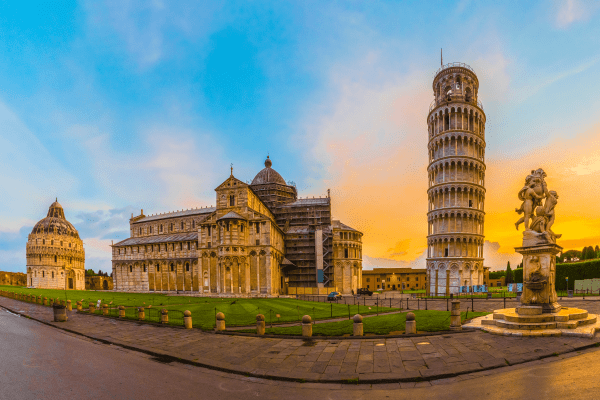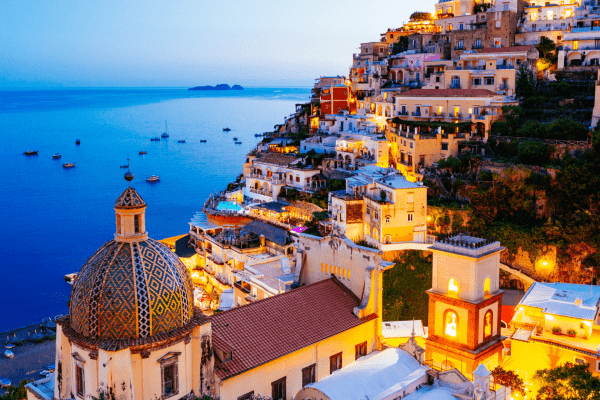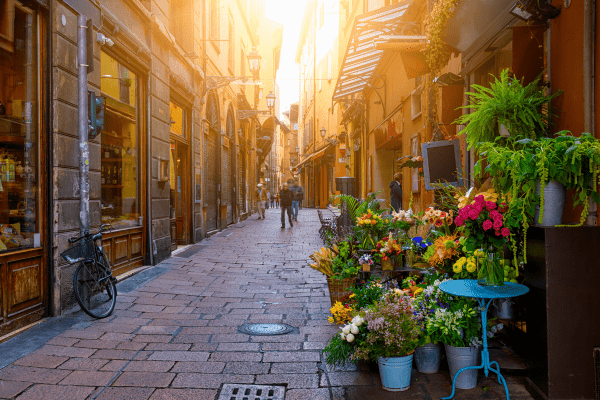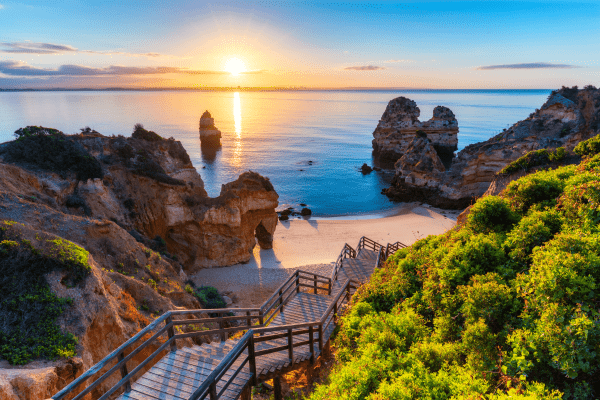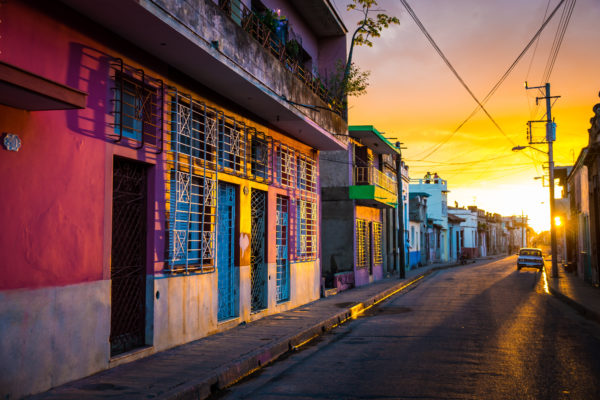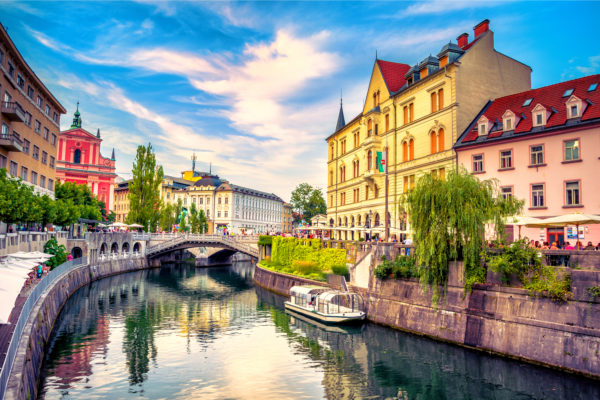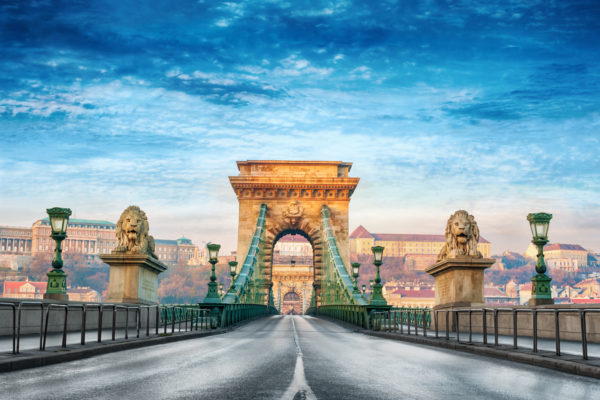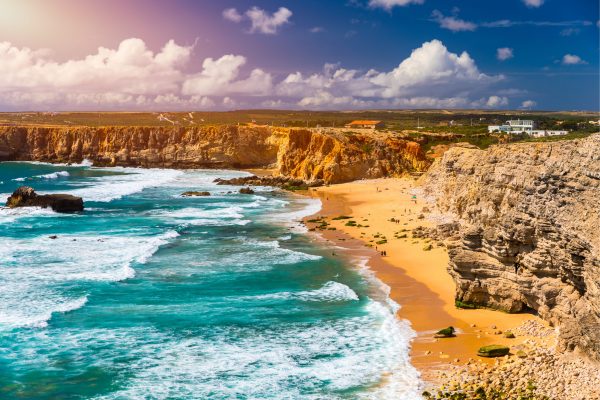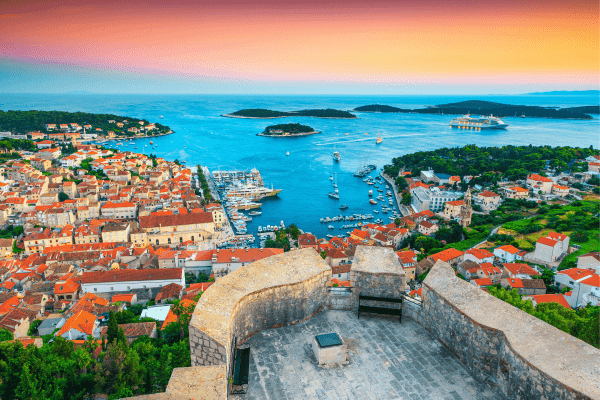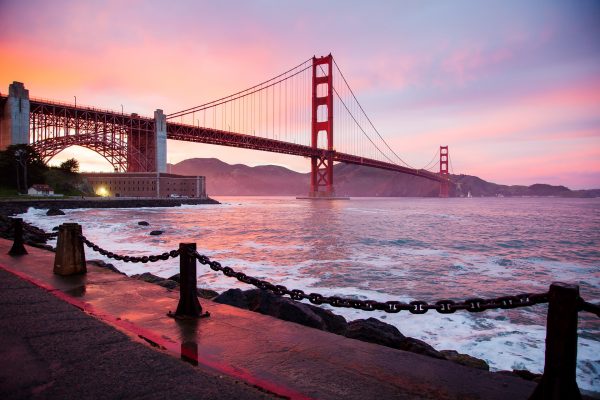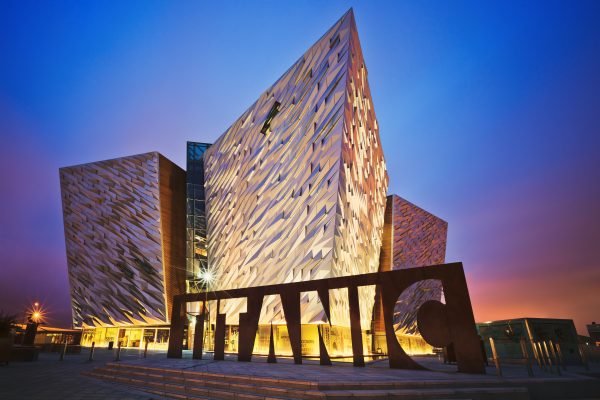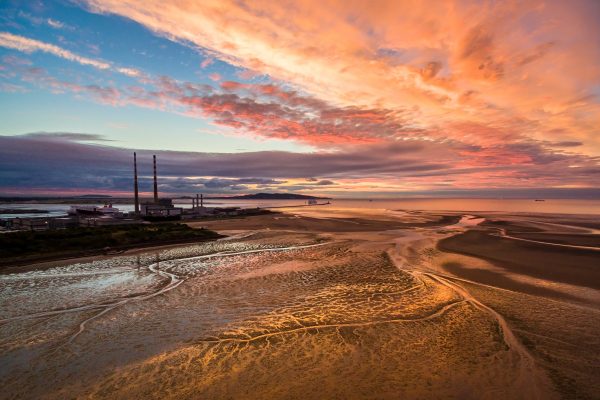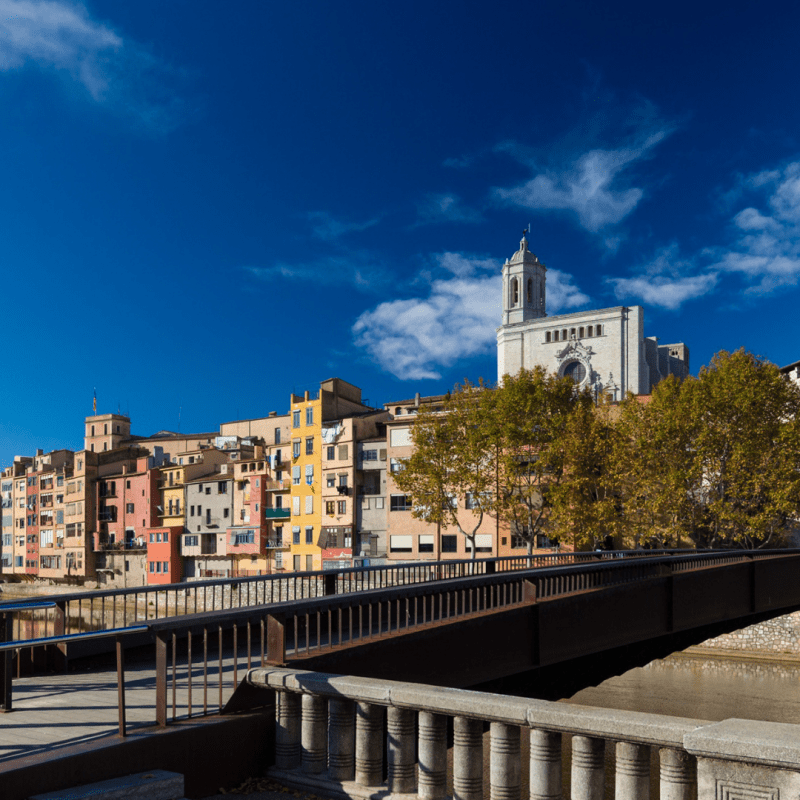Good things come in small packages and this triangular shaped region in Spain’s north eastern corner is no exception. The whole of the autonomous community of Catalonia is crossable in just 4 hours by car, but offers tons of diverse and exciting opportunities whether you’re after culture, sports, nature or just good old fashioned relaxation. Proudly patriotic, Catalans are protective of their distinct heritage, language, flag and food, but beyond the politics are a people keen to show you their beautiful year-round destination.
Summer is the most popular time for visitors, drawn to the warm climate when hiking trails are well-trodden and long days enjoying Catalonia’s 580km of coastline are on the agenda. Low season travellers should opt for an October to March adventure. You’ll find plenty to do, at reasonable costs without the hordes. Temperatures remain mild and while you might experience the odd shower, there’s also plenty of sunshine.
Sea & Mountain
Nature lovers rejoice. Head to the magnificent Pyrenees where things move slowly and villages exist in the same timeless way they have for hundreds of years. Expect winters to be cold but beautiful with snowy landscapes, while spring brings a stunning array of wildflowers. Hike the network of trails passing forests, rivers, alpine meadows and hidden corners with plenty of opportunities for wild swimming as temperatures rise. Then for a complete change of scene, continue to the Catalan coast on the Mediterranean Sea to explore secret coves, long stretches of sandy beach, steep cliffs and a wide range of water sports. This juxtaposition of waves and peaks is beloved by locals who embrace ingredients from both elements in their traditional Catalan cuisine.
Urban Life
In contrast to rural life and charming villages, the cities of Catalonia each offer vibrant design and an individual heritage founded on more than two millennia of history. Experience the unique appeal of medieval Girona; Lleida’s hilltop fortress; and Tarragona’s Roman amphitheatre. However, it is doubtless the regional capital of Barcelona which is the best known centre. A perfect all-season city break, you can explore on foot. Take in the Basilica of the Sagrada Familia, the mesmerising modernist Casa Batlló, unusual Parc Güell, and the Gothic Quarter and still have time for dinner at one of the city’s 22 (yes 22) Michelin starred eateries.
Land of Geniuses
These lands have produced some truly inspiring individuals. Indeed, numerous artists who have shaped the colours and textures of the 20th century hail from these parts. The fundació of surrealist Joan Miró was established in his home city of Barcelona in 1975; Salvador Dalí of celebrated moustache fame was born and died in Figueres; and the great Catalan creator and architect Antoni Gaudí left many projects for visitors to admire, including his famously unfinished Sagrada Familia. Other notable Catalans include soprano Monserrat Caballé who recorded the resounding duet ‘Barcelona’ with Freddie Mercury, renowned celebrity chef Ferran Adrià, and Pep Guardiola, hero or villain, depending which side you’re on.

